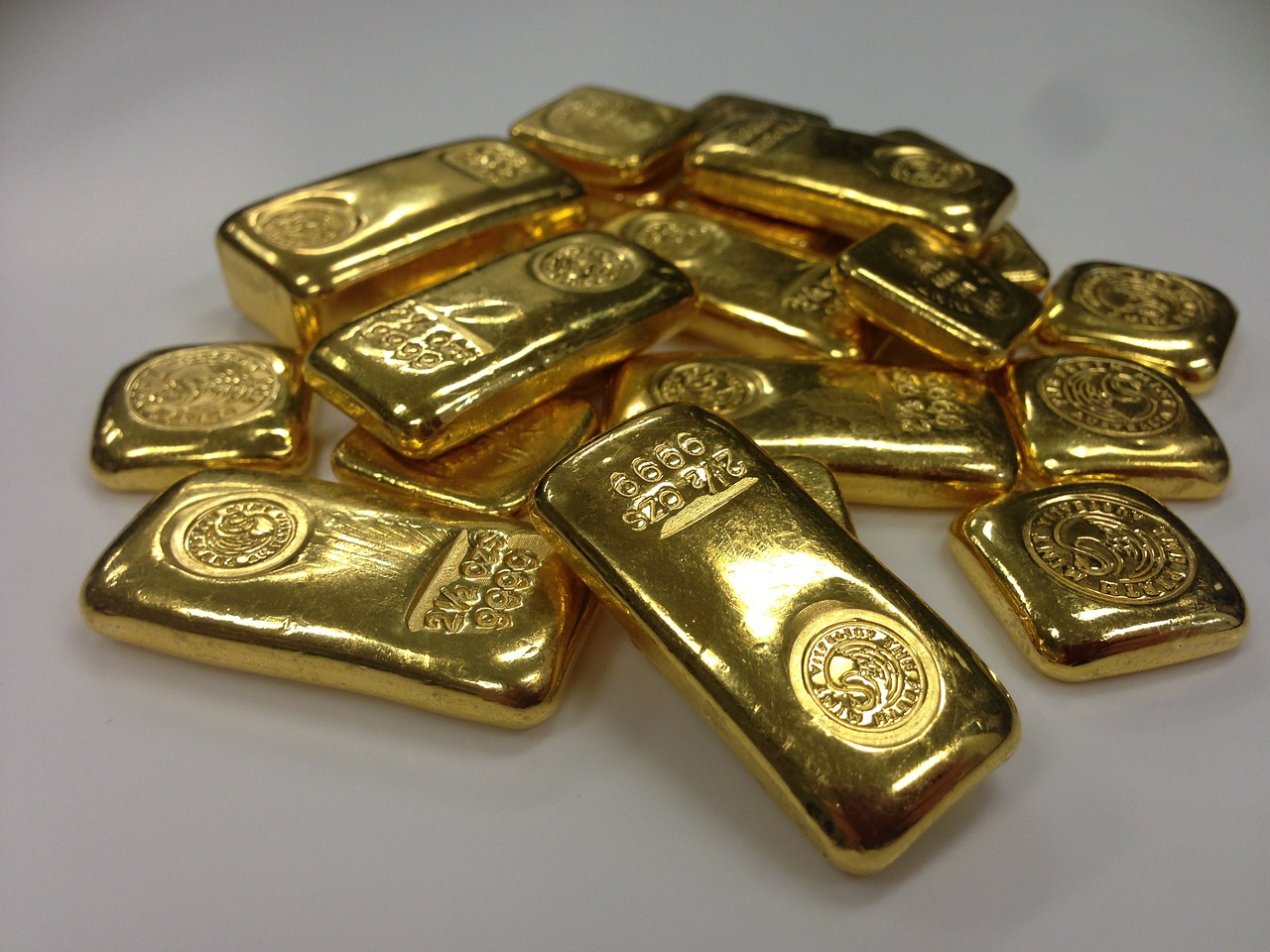View the Town Hall Meeting At Barrick Gold
At our mid-year town hall, Barrick Executive Chairman John Thornton provided an update on the Company’s strategic framework and priorities. The discussion, summarized in a series of video clips below, covered seven core strategic dimensions of our business: our partnership culture; our decentralized business model; tier one and strategic assets; allocation of human and financial capital; operational excellence; growth; and China.
[timeless]
Q2 hedge fund letters, conference, scoops etc

For a transcript of the remarks, click here. A copy of the slides can be downloaded here.
Partnership Culture
- Trust based: currency is transparency
- Belief that the whole greater than sum of the parts
- Individuals prefer to work in that culture
- Partnership culture is an ownership culture
- Financial and emotional
- External partnership an organic extension of internal, applies to all
- Maximize benefits, mitigate risks
Decentralized Business Model
- Most important: small, high-quality head office with specific functions
- Allocates human/financial capital, sets strategy, and holds people running businesses to account
- All else delegated to CEOs (General Managers + Executive Directors)
- CEOs empowered and accountable
- Nothing between head office and the business
Tier 1 and Strategic Assets
- Tier 1 asset is large, long-life, and low-cost
- Jurisdiction agnostic
- 500,000 ounces, >10 years, better half of cost curve
- Strategic asset: not tier 1 but has distinct long-term value
Capital Allocation: Human and Financial Human
- Assess talent rigorously on values (partnership, ownership & business model) and effectiveness (ability & record of execution)
- Marry person and position
Financial
- Superior per share returns over long-term — 10-15% ROIC through the cycle
- Investment hurdle rate of 15% @ $1,200/oz
- Allocation priorities balance between:
- Strong balance sheet
- Disciplined reinvestment in operations, organic growth and exploration
- Reliable dividend and buybacks
- Acquisitions
Operational Excellence
- Benchmark vs industry best-in-class, data driven
- Realize full potential of every asset in every respect
- Master technology
- This is the 21st century
Growth
- Growth equals free cash flow per share and margins, not ounces
- Preference for organic projects, geology led
- Consistent investment in exploration replenishes pipeline
- Acquisitions and divestments to upgrade quality, deliver strategic benefits
China
- Distinctive, strategic partnership for the 21st century
A very interesting presentation of how Barrick is planning its future.
CORRECTION
I have often mention gold as a “Store of Value.” I never defined my terms.
I apologize. A better explanation by Keith Weiner of www.monetary-metals.com
Store of Value Fallacy
And this leads us to make one final, if tangential point. We often hear people talk about gold as a “store of value”. If you have a tank, that is a store of water. A grain silo is a store of wheat. In both cases, what is being stored is a quantity of a commodity. In this sense, a vault is a store of gold.
However, economic value—as we see above—is whatever the bidder is willing to pay. Gold’s moneyness does not come from it commanding the same amount of wheat today as it did last year or 2000 years ago. In fact, its purchasing power of wheat is not fixed. Over the last ten years, pricedingold.com shows that wheat has ranged from about 0.9 grams gold per bushel to 3.6g. The highest price during this time is 4X the lowest.
One reason for gold’s moneyness is that we value the next ounce of gold—the marginal ounce—the same as the last one. Proof of this extraordinary claim is observed in the extraordinary fact that virtually all gold ever mined in 5,000 years of human history is still in human hands. Gold is not produced to be consumed, but to be held. And we keep on producing, regardless of how much has already been produced.
In other words, we measure the value of gold like we measure the value of all other things in the economy—in gold. Gold does not have constant purchasing power (perhaps we should use scare quotes “purchasing power”). It has a constant price. The price of gold is always 1. This is not expressing a tautology. It is expressing that gold has constant marginal utility.
Gold is the steel meter stick of measuring economic values. Even if we climb in elevation (quantity) the meter (ounce) does not shrink.

